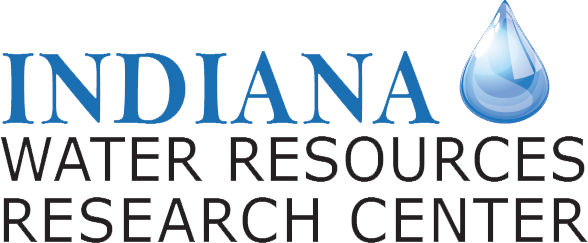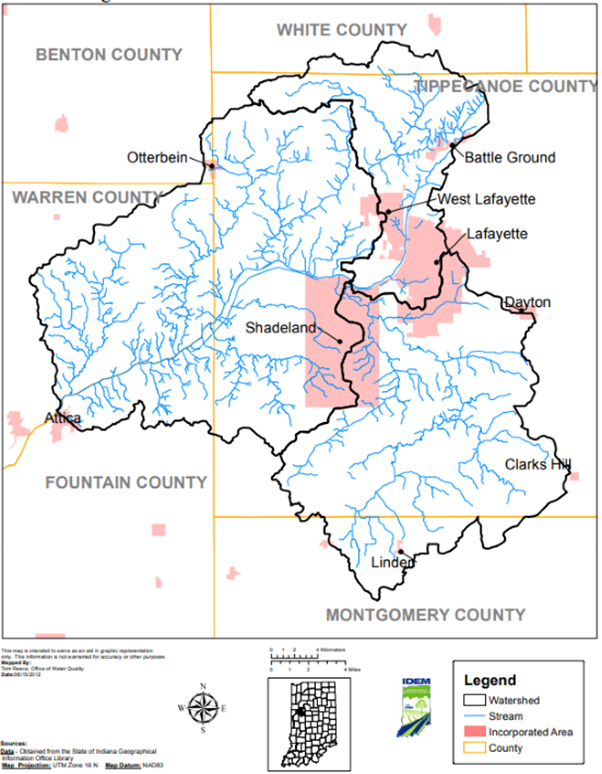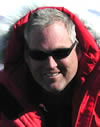Factsheet – Assessment of nutrient sources and usage during harmful algal blooms (HABs) and algae eutrophication events using stable isotopes: Implications for water quality in the Wabash River
A research project funded by the Indiana Water Resources Research Center through the U.S. Geological Survey’s 104B annual base grants (section 104 of the Water Resources Research Act of 1984, as amended).

9Start Date: 2018-03-01
End Date: 2019-02-28
Total Federal Funds: $15,000
Total Non-Federal Funds: $31,322
Excessive growth of cyanobacteria and algae in Indiana’s waterways is a persistent and growing problem. Rapid proliferation of cyanobacteria, known as harmful algae blooms (HABs), are of concern because toxins released by decaying bacteria can have adverse health effects on humans, pets, and livestock. They can also bioaccumulate in benthic organisms, which can threaten aquatic ecosystem function and health.
Rapid algal growth, generally referred to as eutrophication, can also have negative ecosystem impacts. Decaying organic matter produced during eutrophication consumes dissolved oxygen, depriving higher organisms of adequate oxygen needed to survive. Much of riverine organic matter generated in the Midwest is transported to the Gulf of Mexico and contributes to coastal hypoxia, known as dead zones, threatening valuable recreational and commercial fishing enterprises. Therefore, understanding the nutrient dynamics that leads to HABs and eutrophication and the source of these nutrients is of great interest to Midwestern and Southern stakeholders.
This project will use isotope analysis to expand our understanding of sources of nutrients in the Wabash River and how these nutrients are utilized by algae and bacteria during transport through the Region of the Great Bend of the Wabash River watershed.
Research Objectives
1. Assess how cyanobacteria and native Wabash River algae uptake nitrate and phosphate under different temperatures and determine what isotope effects result from this uptake.
Lab incubations of a variety of cyanobacteria were carried out at 20°C and 30°C.
2. Assess how microbial denitrification alter nitrate and phosphate concentrations and how this process alters the isotopic composition of these nutrients.
Agricultural soils from a bioreactor and incubation experiments using Wabash River sediments were used to determine isotope enrichment of nitrate factors caused by denitrification.
3. Continue bi-annual isotopic analysis of nitrate and phosphate collected from the Wabash River.
Water samples collected through the bi-annual citizen science event, Wabash River Sampling Blitz coordinated by the Wabash River Enhancement Corporation, were analyzed for nitrate and phosphorus.

Region of the Great Bend of the Wabash River watershed.
Researcher Profile

Major Conclusions & Significance
What Does This Mean For Indiana?


